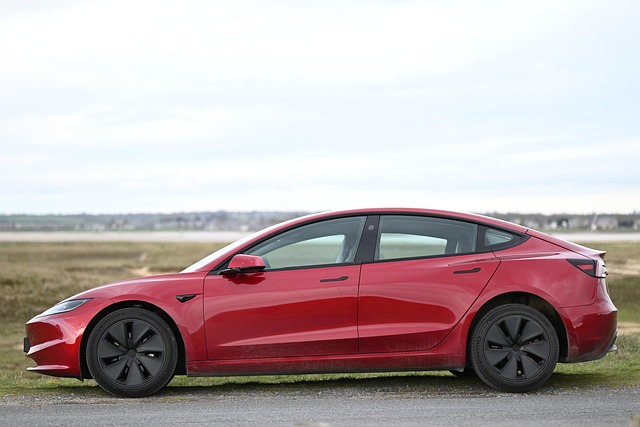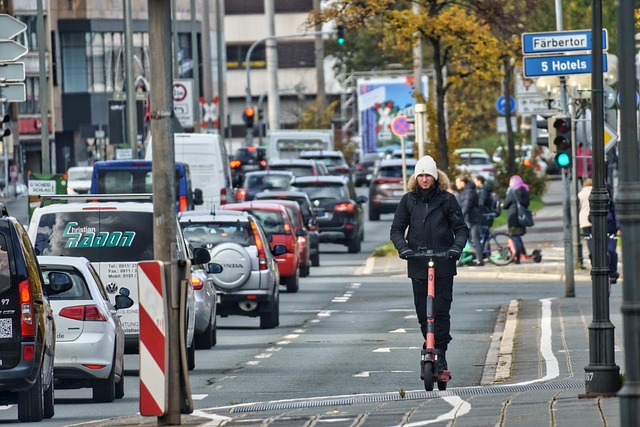Sustainable modes of transportation are gaining traction worldwide, especially in the context of rural development. As our communities grapple with the effects of climate change and economic disparities, exploring sustainable transport solutions is essential for promoting mobility and fostering equitable growth in less populated areas. Rural areas often face unique challenges in accessibility, which can hinder development and limit the opportunities available to residents.
Transport sustainability is a concept that seeks to balance economic, social, and environmental goals. By prioritizing renewable energy sources, reducing greenhouse gas emissions, and promoting efficient resource use, we can create a transportation framework that supports rural communities. This transition does not merely involve swapping traditional vehicles for electric ones; it encompasses a broader vision of integrating public transport, bicycle networks, and pedestrian-friendly pathways into the rural landscape.
Implementing sustainable modes of transportation can have far-reaching impacts on rural development. For instance, investing in reliable public transit options can bridge the gap between remote communities and urban centers, ensuring that people have access to jobs, education, and essential services. Improved transport links stimulate local economies by encouraging tourism and making it easier for small businesses to thrive.
Moreover, integrating cycling and walking paths into rural infrastructure can promote healthier lifestyles and encourage social interactions within communities. When residents feel safe and connected, they are more likely to engage with their neighbors and contribute to local initiatives. This can create a sense of belonging and community pride that is vital for rural development.
Another crucial aspect of sustainable transportation is the incorporation of technology. Innovations such as ridesharing apps, electric vehicle charging stations, and smart infrastructure can enhance mobility options and make rural transport more accessible. Moreover, by leveraging data analytics, communities can identify their transportation needs and tailor solutions to suit specific challenges.
To achieve transport sustainability in rural areas, collaboration is key. Stakeholders, including local governments, NGOs, and community organizations, must work together to ensure that sustainable transport initiatives meet the unique needs of rural populations. Engaging community members in decision-making processes guarantees that their voices are heard, leading to more effective and inclusive solutions.
As we look toward the future, the commitment to sustainable modes of transportation will play a pivotal role in shaping rural development. By addressing the challenges faced by these communities and investing in environmentally-friendly transport options, we can create vibrant, connected, and resilient rural areas. In doing so, we not only enhance the quality of life for residents but also contribute positively to the health of our planet. The journey toward sustainable transport may be long, but it’s one worth embarking on for the benefit of our rural communities and the environment we share.



